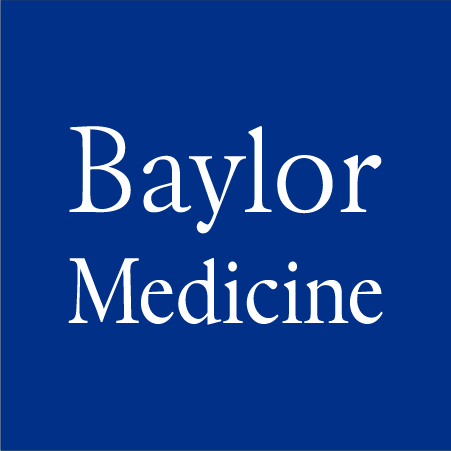Language
English
Publication Date
1-1-2016
Journal
Cancer Letters
DOI
10.1016/j.canlet.2015.09.016
PMID
26433160
PMCID
PMC4684747
PubMedCentral® Posted Date
1-1-2017
PubMedCentral® Full Text Version
Author MSS
Abstract
BACKGROUND AND AIMS: Understanding the molecular pathogenesis of hepatocellular carcinoma (HCC) is essential to identify therapeutic targets. A hepatitis B virus (HBV) related double transgenic murine model was developed. METHODS: Liver specific expression of HBV X protein (HBx) and insulin receptor substrate 1 (IRS1) was achieved and transgenic mice were followed from birth to age 21 months. Liver and tumor tissue were assessed for histologic changes as well as activation of signal transduction pathways by qRT-PCR and multiplex ELISA protein assays. RESULTS: Overexpression of HBx and IRS1 stimulates liver cell proliferation in the double transgenic mice. Only the male mice developed HCC starting at age 15-18 months. The IN/IGF1/IRS1/MAPK/ERK and IN/IGF1/IRS1/PI3K/AKT/GSK3ß cascades were activated early (6-9 months) in the liver followed by WNT/ß-catenin and Notch signaling. Aspartate ß-hydroxylase (ASPH) was found to link these upstream growth factor signaling pathways to downstream Notch activation in tumor tissues. CONCLUSIONS: Sustained overexpression of HBx and IRS1 led to constitutive activation of a tripartite growth factor signal transduction cascade in the liver and was necessary and sufficient to promote HCC development and progression.
Keywords
signal transduction pathways, hepatocellular carcinoma
Published Open-Access
yes
Recommended Citation
Chung, W; Kim, M; de la Monte, S; et al., "Activation of signal transduction pathways during hepatic oncogenesis" (2016). Faculty and Staff Publications. 19.
https://digitalcommons.library.tmc.edu/baylor_docs/19


